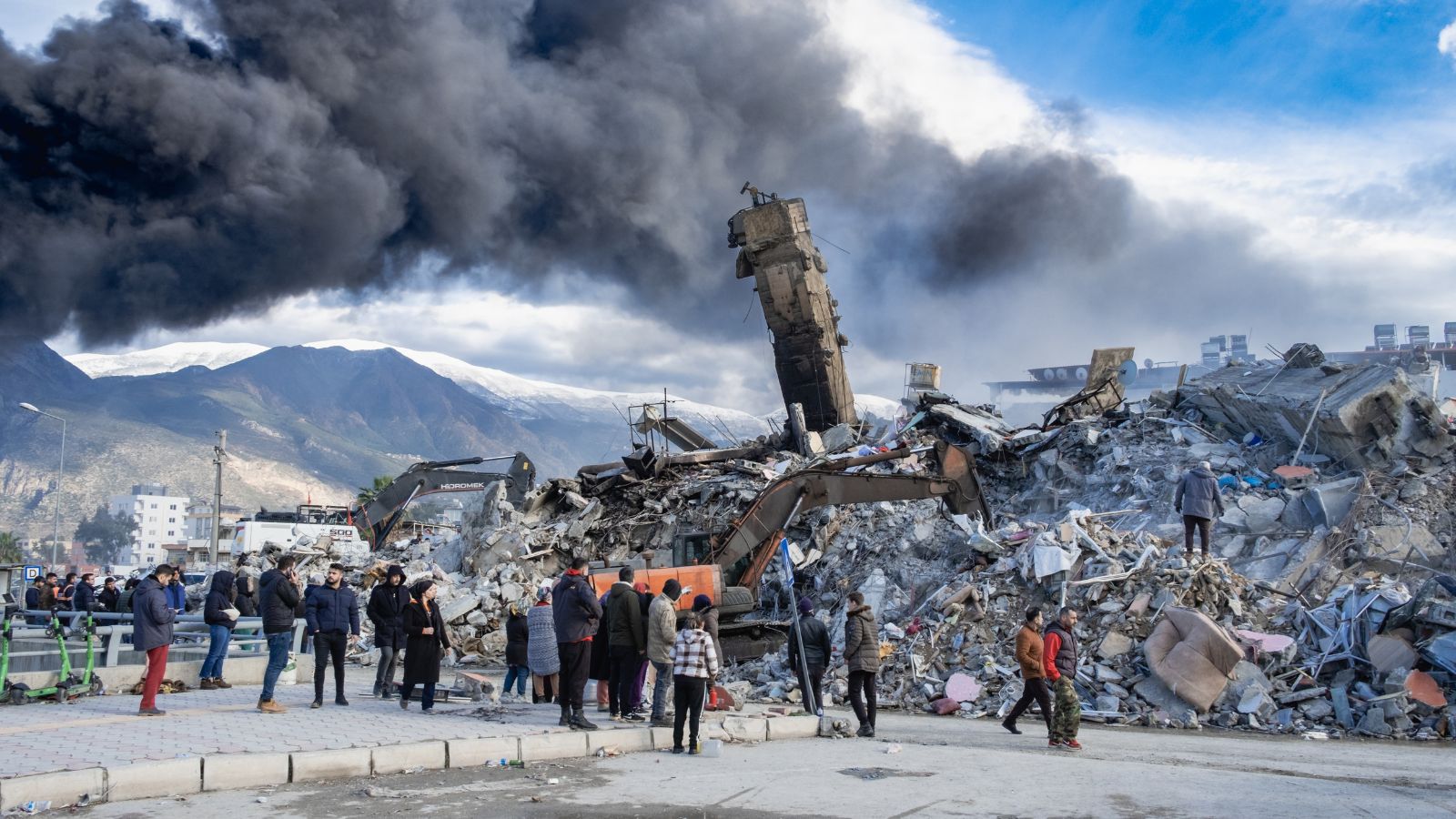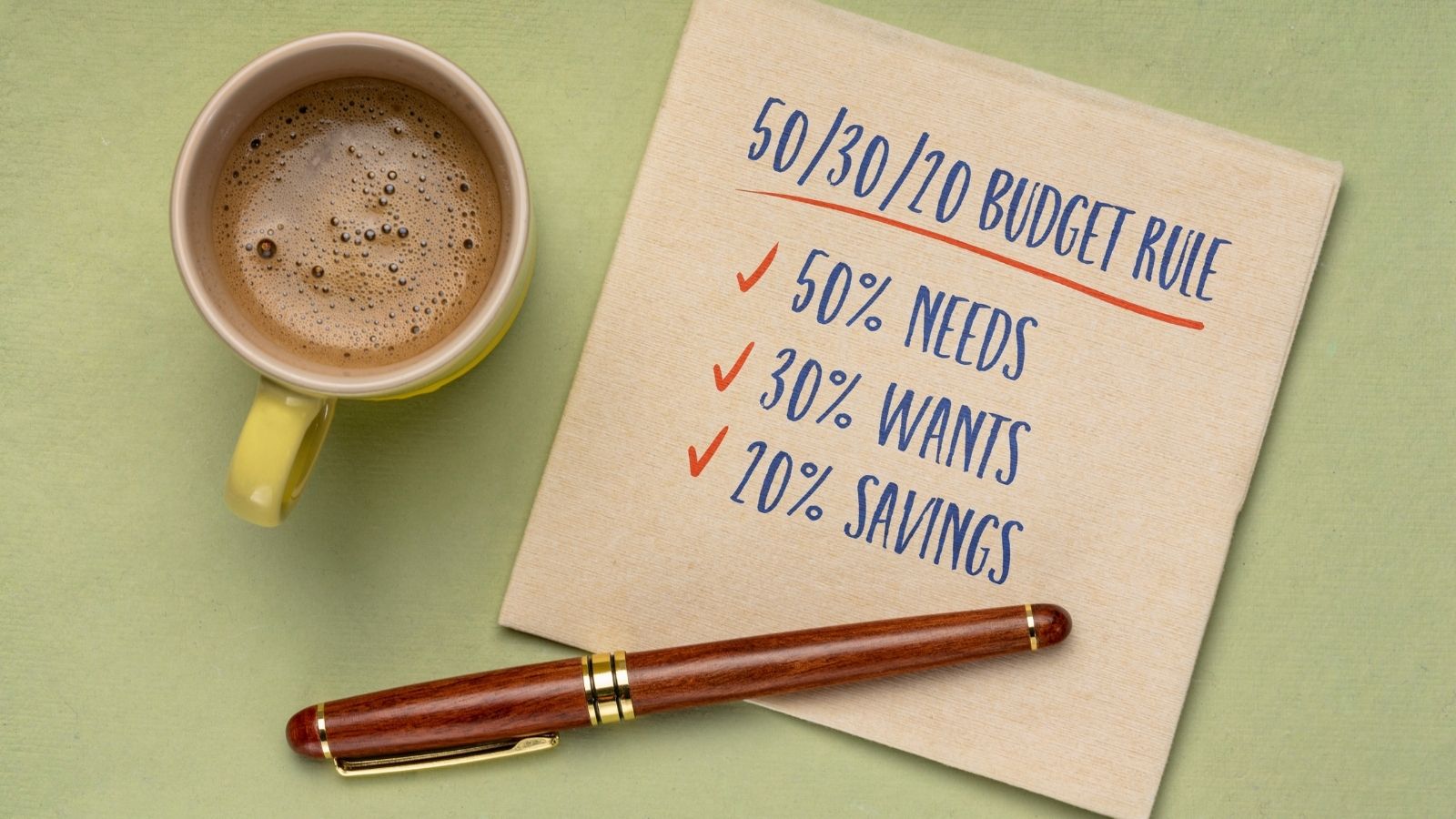The housing crisis in 2024 has reached a critical stage, impacting millions of people globally. With rising housing costs and a declining supply of affordable options, the problem has far-reaching consequences for economies, individuals, and communities. This problem is caused by several issues, including economic inequality, policy failings, and the financialization of housing. As housing costs continue to rise and affordable housing becomes increasingly rare, many families struggle to secure stable and affordable living conditions. Here are 18 concerning facts about the housing crisis people are facing in 2024:
Affordability

Affordability has declined dramatically, with house rents continuing above pre-pandemic levels and many people spending a disproportionate share of their income on housing. In the US, for example, 50% of renter households are cost-burdened, spending more than 30% of their income on rent and utility bills.
Shortage of housing

There is a substantial lack of affordable housing. The United States alone has 1.5 million houses, which is the most significant shortage in three decades. The global housing crisis is predicted to affect 1.6 billion people by 2025.
Impact on Low-Income families

Lower-income families are the hardest impacted. In Michigan, for example, the mismatch between strong demand and low supply of affordable housing has led to bidding wars and soaring costs, forcing many into financial trouble.
Global Scale

The situation is not limited to just one region. Cities throughout the world are dealing with growing housing costs and more homelessness. Even in Europe, rents rose by 14.5% in early 2024, while in Asia, renters usually paid more than half their salary on housing.
Economic issues

The housing crisis is worsened by a number of economic factors, including shortages of land, lending, labor, and materials. Additionally, the financialization of housing, which treats homes as investment assets rather than places to live, has worsened the situation, compounding the challenges facing the housing market.
Policy Failures

Ineffective and Insufficient government policies and a lack of effective interventions have increased the housing problem situation, with many governments outsourcing housing provision to commercial players with no proper supervision.
Climate Impact

The built environment significantly contributes to global greenhouse gas emissions, limiting attempts to build new houses and combat climate change.
Homeless mortality

In Los Angeles, mortality among the homeless population surged by about 56% between 2020 and 2021, indicating the terrible impact of the housing crisis on vulnerable communities.
Impact on Health and Well-being

Shortage of houses and high costs result in poor health outcomes, reduced social mobility, and increased stress for impacted families. Low-income earners are most impacted.
Land and Material Shortages

Shortages of land, finance, labor, and materials are key factors pushing up home prices and limiting new construction.
Luxury Housing Boom
L

uxury housing development is also contributing to the housing crisis. New housing developments frequently center on high-end residences, which do not meet the need for affordable housing.
Financialization of Housing

The handling of housing as a financial asset rather than a basic human necessity has contributed considerably to the issue. This approach prioritizes profit over the availability of affordable housing, intensifying the issue and making it increasingly difficult for many people to secure stable living conditions.
Construction Lags

To fulfill the predicted demand by 2030, the United States needs to build around 96,000 new affordable houses per day; however, present development rates are well below this target.
Economic Disparities

The disparity between the rising cost of houses and stagnant wages has widened, putting both home ownership and secure renting out of reach for many. House prices have climbed at their fastest rate in 40 years, with major rises across several areas.
Eviction Rates

Eviction rates are back to pre-pandemic levels, with around 12% of the renter households in the United States behind in rent. The expiration of eviction moratoriums and rental aid schemes set up during the pandemic has left many renters vulnerable. The combination of increasing rents and stagnant wages exacerbates the issue, making it difficult for renters to stay current with their payments. This rise in evictions underscores the ongoing housing insecurity faced by low- and middle-income renters across the country, potentially leading to increased homelessness and further financial hardship for affected families.
Lack Of Government Support
 Government underfunding of affordable housing is a complicated issue characterized by insufficient funding due to constrained budget allocations, underfunded public housing, and reduced financing for housing voucher programs. It is exacerbated by a lack of comprehensive policy, such as insufficient zoning changes, low investment in supporting services, and a failure to address homelessness prevention. Bureaucratic hurdles, such as lengthy approval processes and little interagency communication, further complicate the problem. These factors contribute to increased homelessness, overcrowding, housing instability, and reduced economic opportunities.
Government underfunding of affordable housing is a complicated issue characterized by insufficient funding due to constrained budget allocations, underfunded public housing, and reduced financing for housing voucher programs. It is exacerbated by a lack of comprehensive policy, such as insufficient zoning changes, low investment in supporting services, and a failure to address homelessness prevention. Bureaucratic hurdles, such as lengthy approval processes and little interagency communication, further complicate the problem. These factors contribute to increased homelessness, overcrowding, housing instability, and reduced economic opportunities.
Unmet Rental aid

In the United States, 14 million income-eligible renter households do not get essential aid, and 8.5 million face severe housing challenges.
Rural Housing Crisis

The housing crisis has a huge impact on both rural and urban regions. In the United States, rural communities have a scarcity of affordable housing options, which is worsened by limited access to financial institutions and fewer job opportunities. This has resulted in increased housing instability and outmigration, exacerbating the decline of rural communities.
Conclusion:

The 2024 housing problem is a multifaceted issue that must be addressed immediately and collaboratively. These findings underline the vital need for comprehensive and coordinated housing-related measures that involve governments, the private sector, and communities to ensure that everyone has access to cheap and stable housing. Only by implementing wide and consistent measures the governments will be able to mitigate the crisis’ impact and ensure stable, affordable housing for all citizens.
14 Cars with a Reputation for Running Forever and Why They Outperform the Rest

In the dynamic world of automobiles, some cars stand out for their remarkable longevity and enduring performance. These road warriors have earned a reputation for running seemingly forever, outpacing their counterparts. This article will explore 14 such vehicles and the reasons behind their legendary durability.
14 Cars With A Reputation For Running Forever And Why They Outperform The Rest
